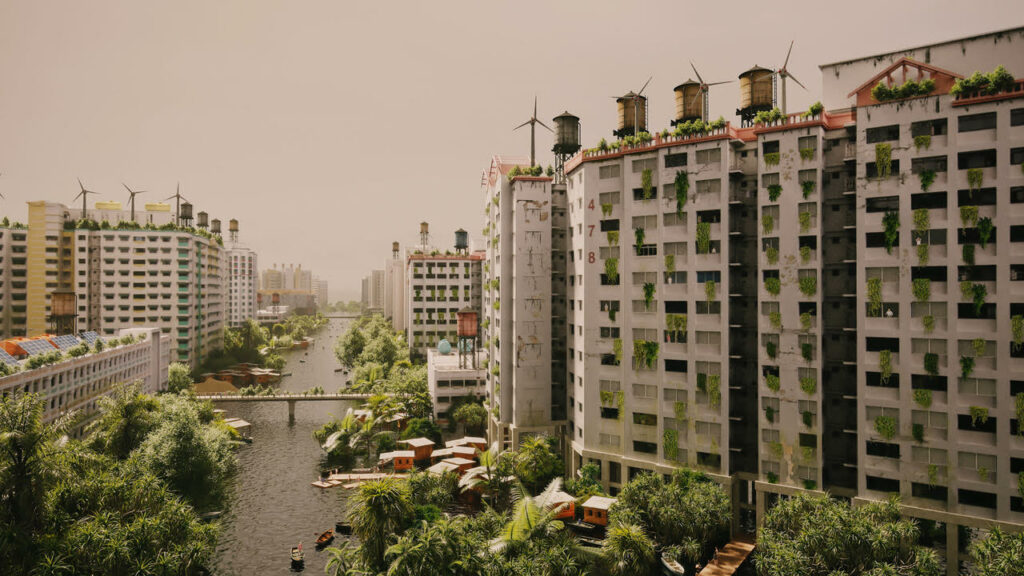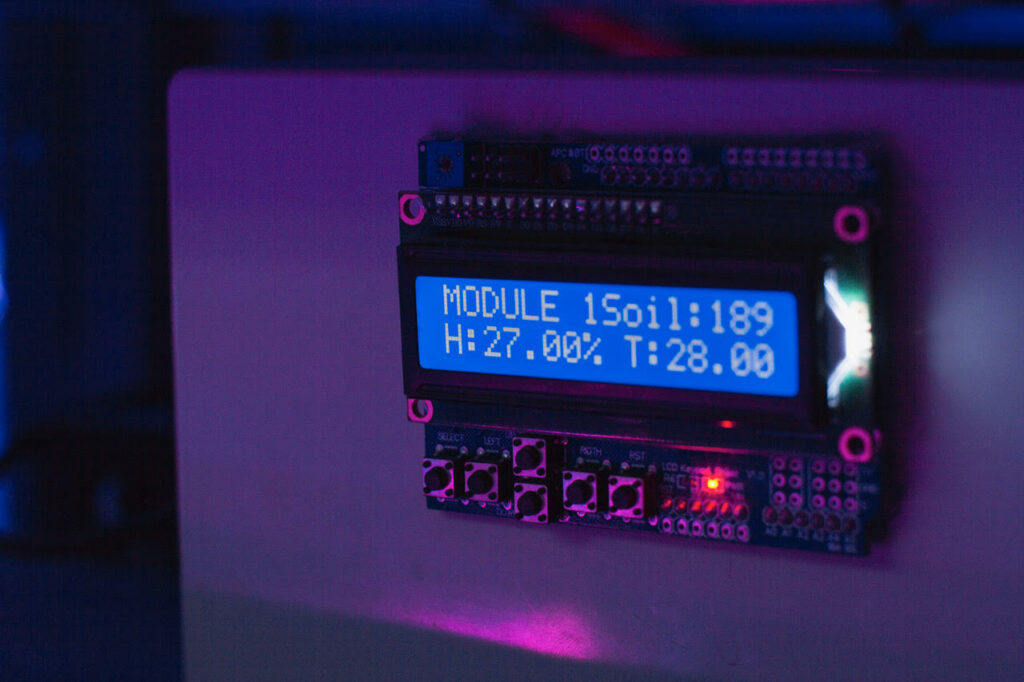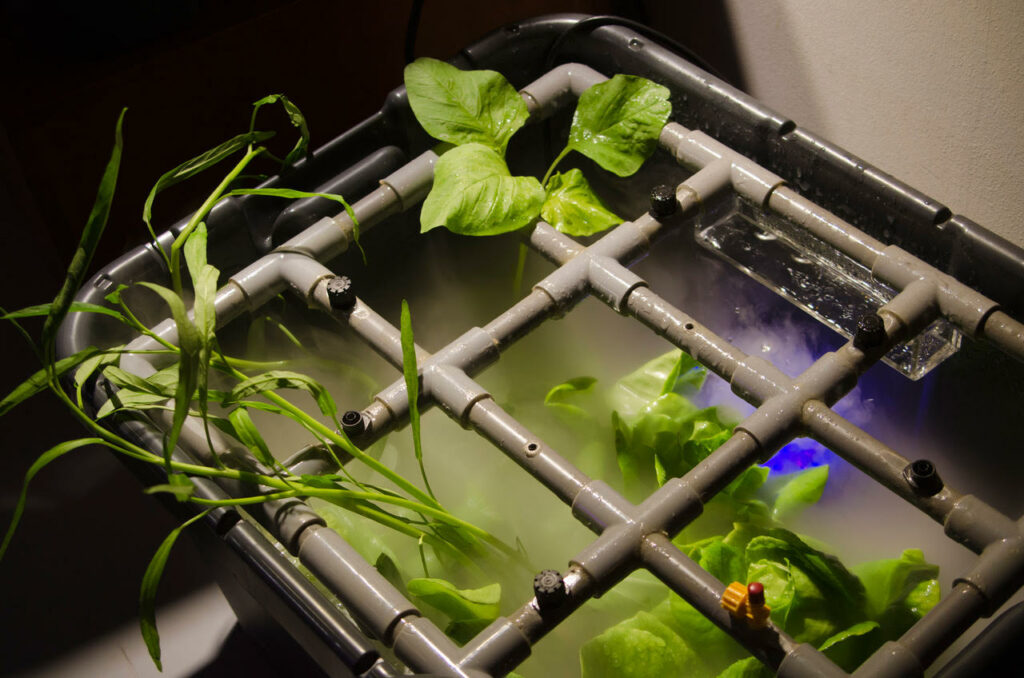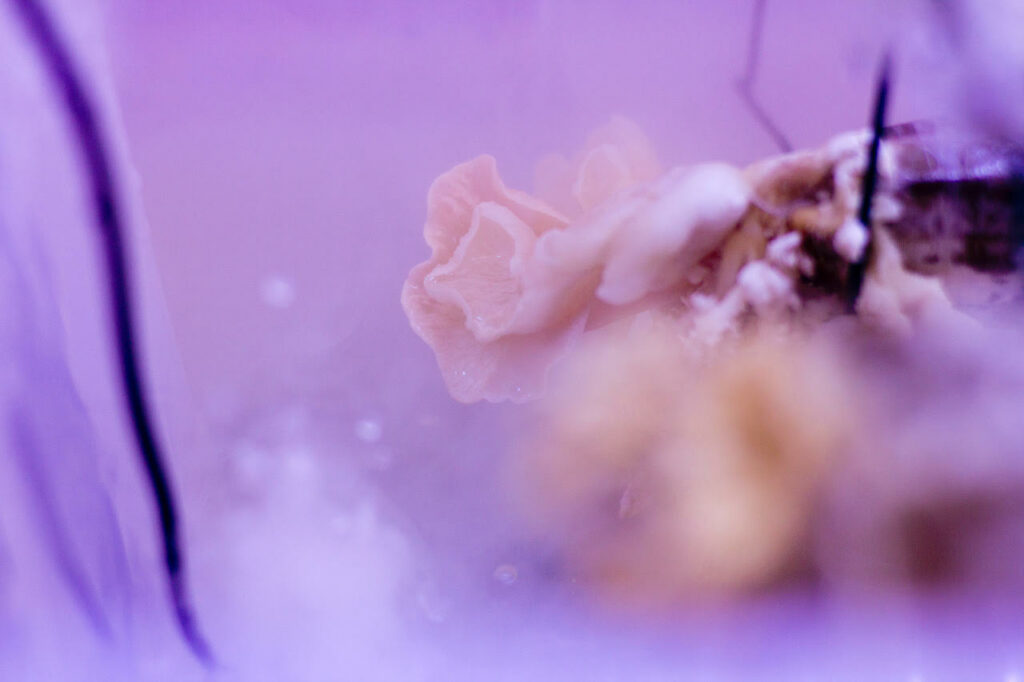
Sunday 3 May
They discussed everything in such absolutes. Dots and dashes. Rights and Lefts. An age of dark. An age of light. An age so bright it sucked up all the light like an almighty sinkhole. That’s what yesterday imagined of today. But here I am. I can see further than my nose, further than my finger tips. There’s light. I’m not in a hole. And this morning I laughed. A crow desecrated a sensor.
Sula thinks I’m obsessed with the past. I’m not. I just enjoy watching videos of yesterday’s streets. The buzz of the busy ones. The perfect shapes the light makes on the pristine ones. Mostly, I like to watch the way people moved back then – Time Square, Shibuya Crossing. All those bodies moving like suited starlings. Moving like rivers. There’s something soothing about the sterility and predictability. I once asked Sula to play city with me, cleared and carved a cross walk in the parking garden; instead, she suggested I elect tracking purple emperor butterflies for my weekly National Service. I mostly work with bryophytes and moss, they tell me how polluted the air is and whether our flighty friends will ever return to the region. Filling those spaces but in their wild and messy way.
Back in the day they called all of this the Poverty Draft, because folk hit harder – poor, Black, brown, citizens of nowhere – enlisted for the security of regular aid packets and medical insurance and promise of citizenry. But that was the in-between time, when we still had thousands of newly out of-work technologists. Now, everybody has to do their bit. ‘Fail to prepare, prepare to fail’ and all that. Some folk set up invisible markets to trade all our data sets. Maybe their long gone yesterday people were those sharp beaked suited starlings. Sula’s upgrading the weather sensor network, which is why she didn’t laugh when the crow shat on her ambient hygrometer.
Thursday 9 July
The parking garden flooded last night. It stormed. Not a mad one, but enough to sweep the dead maple tree across the old traffic light pole and down onto the worm farm. I forgot to set our industrial flood alarm.
It’s not my fault. But I can’t say this, of course. Sula is raging. Thinks we lost our harvest of turnips. I remind her that we grow them precisely because they’re resilient. She hates that word. The R word. Resilient. It was used a lot when we were kids.
She also hates the term: parking garden. I like these tethers to yesterday. The world around us is always changing, but we can still keep parts of that other time alive with language. She maintains that it was likely a garden before it was a parking lot and so, should just be called a garden. Her name means peace. There’s little peaceful about her these days.
I can trade oyster mushrooms for kit to repair everything. It’ll be fine.
I took the canoe out to check the water pesticide sensors that I mounted on the gothic lamp post beside the old library. The flood gave me an excuse to check the water turbidity measure and pesticide biosensor. I do this some times when the water hasn’t surged, when I need to see and feel something not green and wild and organic. The narrow street with the last arched stained glass window is my secret holy place. The scene itself is quite amusing – neat colourful buildings talking to neat colourful cars talking to neat happy people in a neat happy world.
The sensors didn’t really need to be installed here. Maybe this is my secret revolution too. The toxicity level was the same. Not catastrophic, not good. Sula would be a good name for the summer storms. Swirling Sulas.

Tuesday 11 August
Listened to Speakers Corner this evening. It’s everyone’s highlight of the week. A woman from one of the Southern Districts spoke about the way optimised traffic flow created pockets of pollution in zones that were deemed undesirable. Black, brown, working-class neighbourhoods. Another spoke about the resilience within these same communities – planting trees and gardens as acts of resistance.
Sula finds discussions about the perception of the past tedious. Also the future. She lives here she says and here has plenty enough to not only think about, but do. At this particular moment, she’s unspooling copper from one of those old smoothie makers. Last week someone spoke about the vast computational power needed to keep up with yesterday’s famous customer profiling systems. The things used to make people believe they needed smoothie makers. They spent more than half the show calculating how many New Doggerland Wind Farms would be needed just to power them. Sansemin could’ve made a better energy plan using less hot air. Perhaps talking about user profiling systems is still dangerous business. I asked Sula what type of user they have me profiled. She said, one that needs to come back down the earth and continue uploading my readings. It’s true here has plenty.
Maybe the sun may never shine as it does today, but I still like thinking about how it looked yesterday and what it’ll shine on many tomorrows from now.
I’m not sure what tomorrow will say about the future I imagine for them. So, maybe I’ll wish something for them instead.

Monday 23 November
Had an apple for the first time in a long while. A present from Chicken Man for helping him mill flour. Strange things have a way of arriving in his hands, but I’m more thankful for his generous heart.
Mom loved telling a story about her granny. A small woman with a heart and hands that understood the earth but were hard on people. She conjured out mango, guava, tangelo, pomegranate – things now long gone – but she was proudest of her chilies. And while she loved feeding people, she was known for meticulously removing the seeds from everything she shared.
She brought those chili seeds from her old world to a new world, and grandma took those seeds from that new world to a new new world. The earth wasn’t right when they got down to mom, so I’ve only known them as tiny gems living in a jar. Hopefully the earth will be right for them before I leave it. Wouldn’t that be something.
It’s curious how hearts contract and expand. How they can be generous and be miserly all at the same time. Last rainy season, Chicken Man’s own heart leapt out of his chest. Sula and I rushed him to Sansemin who took him to the big hospital. One of the few times I’ve been thankful for the speed of storm surges. He said they had him covered from the tip of his nose to his big toe, like the way we’re all measuring the Earth.
People used to think this kind of making or whatever was lowly work, too mundane for even a kernel of curiosity. They wanted everything but the knowing of how things worked. And maybe that’s how the planet got so sick; why yesterday could only ever conjure the deep darkness of apathy for us here today. It’s not that everything was irreparable. It’s that their hands didn’t know how to go about fixing. Making space for life – the necessary work, the mundane work. Now it’s treasure. For brokers like Sansemin, this is quite literal. But for Chicken Man, it’s the inheritance he got and the inheritance he’s leaving behind. All that time working on the offshore wind farms that powered the climate modelling systems turned into seeds and sown into me and Sula. How will I change this inheritance? Maybe it’ll be like those mushrooms that make you dream and see the magic in the small. There’s power in that too, you know.

About Superflux
Superflux creates worlds, stories, and tools that provoke and inspire us to engage with the precarity of our rapidly changing world. Founded by Anab Jain and Jon Ardern in 2009, the Anglo-Indian studio’s early work brought speculative design approaches to new audiences. Over the years, the studio has gained critical acclaim for producing work that navigates the entangled wilderness of our technology, politics, culture, and environment to imagine new ways of seeing, being, and acting.
Images are of Superflux’s 2019 and 2019 installations Mitigation of Shock, and Mitigation of Shock, Singapore (respectively). Used with permission from Superflux.
